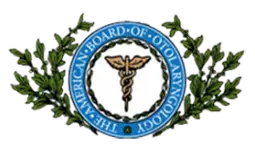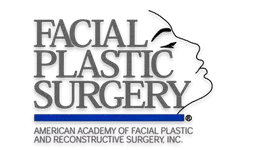
Brown spots have been called many things over the years (not all of them flattering). Historically, brown spots were called senile lentigo. At some point, lentigo became known as liver spots, which is not much better. Today, what most of these spots are called age spots. While the term age spot isn’t necessarily flattering, it accurate. Age spots are more prevalent in older individuals. The number of spots increases as aging skin becomes thinner and years of exposure to the sun take their toll.
WHEN DO BROWN SPOTS APPEAR?
While most brown spots are “age spots,” they can occur at any age. Some small spots appear as early as childhood through our teenage years. Some grow darker and become more visible during our 30s and 40s. Brown spots tend to start by age 50 and keep accumulating with time.
WHAT EXACTLY ARE BROWN SPOTS?
Brown spots are typically flat, somewhat round, benign, pigmented spots. They are more likely to appear on areas of the body exposed to sunshine including the back of the hands, the arms, and the shoulders. Some appear on the face. Facial spots tend to appear on the forehead, on the temples, or the cheekbones. Lentigo are caused by increased collections deposits of melanocytes, which produce the pigment melanin.
It is unclear what exactly causes a brown spot to develop. A number of common culprits can include natural aging of the skin, years of exposure to the sun, or higher than recommended exposure to ultraviolet (UV) light.
Brown spots do not hurt and they are not tender to touch. Depending on their location and size, age spots can be embarrassing, and even make people look older than they really are (or feel).
It is important to note that not all brown spots are age spots. While uncommon, some spots can be a serious skin condition. If you notice a spot that seems to grow darker in color, changes texture, develops irregular borders or grows noticeably larger, you should have it examined by a physician.
CAN YOU GET RID OF BROWN SPOTS?
It is possible to get rid of benign spots. Some techniques are more effective than others are, however. The standard approaches to remove brown spots are:
- Laser resurfacing (most effective)
- Dermabrasion or microdermabrasion
- Chemical peels
- Bleaching creams
Over the years, people have tried a variety of methods to get rid of brown spots, including skin bleaching products. However, misuse of topical agents can easily contribute to skin damage and undesired side effects including blotchiness, redness, and thinner skin.
Dermabrasion/microdermabrasion and chemical peels can be effective in treating brown spots, but usually only in the context of other skin treatments. For example, a chemical peel to reduce wrinkles may result in some lightening of existing dark spots.
Today, the most common and safest method of removing lentigo are laser treatments. Laser resurfacing focuses specifically on the pigmented skin to lighten it so that it is less noticeable. Some spots can be ‘erased’ altogether. The lasers use short pulses of energy to essentially break apart the pigmentation. The number of treatments needed depends on the size and pigmentation (“darkness”) of the brown spot.
WE CAN HELP
Nuance Aesthetics & Plastic Surgery uses the Cynosure Palomar Icon system to remove brown spots. The specialized treatment handpieces allow providers to safely target and eradicate the pigments deep with brown spots, while leaving the surrounding skin virtually unaffected.
If you would like to learn more about brown spot removal treatments including the Cynosure Palomar Icon aesthetic laser system, contact Nuance Aesthetics & Plastic Surgery today.




